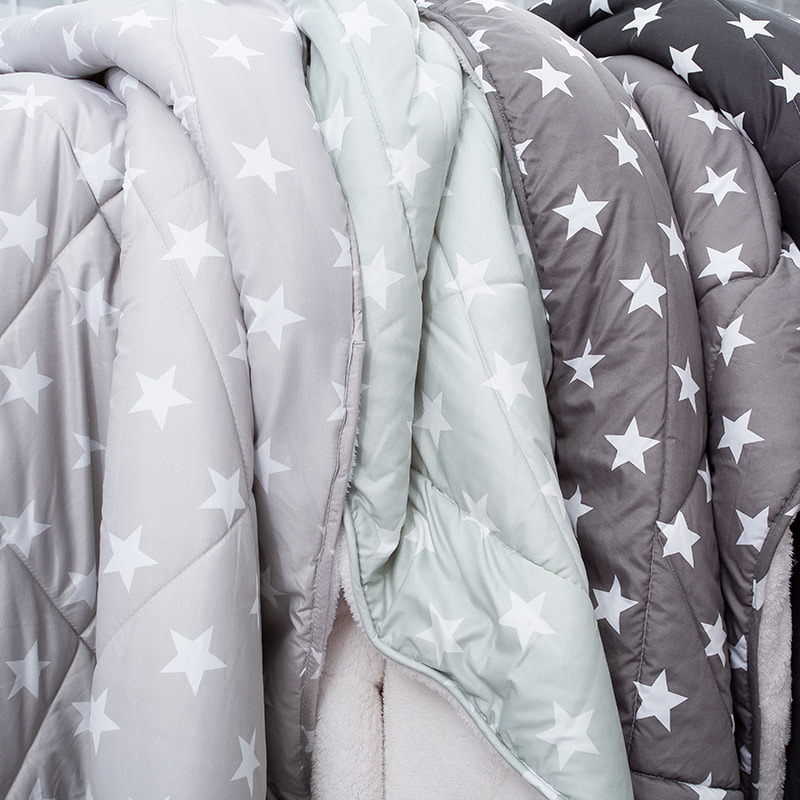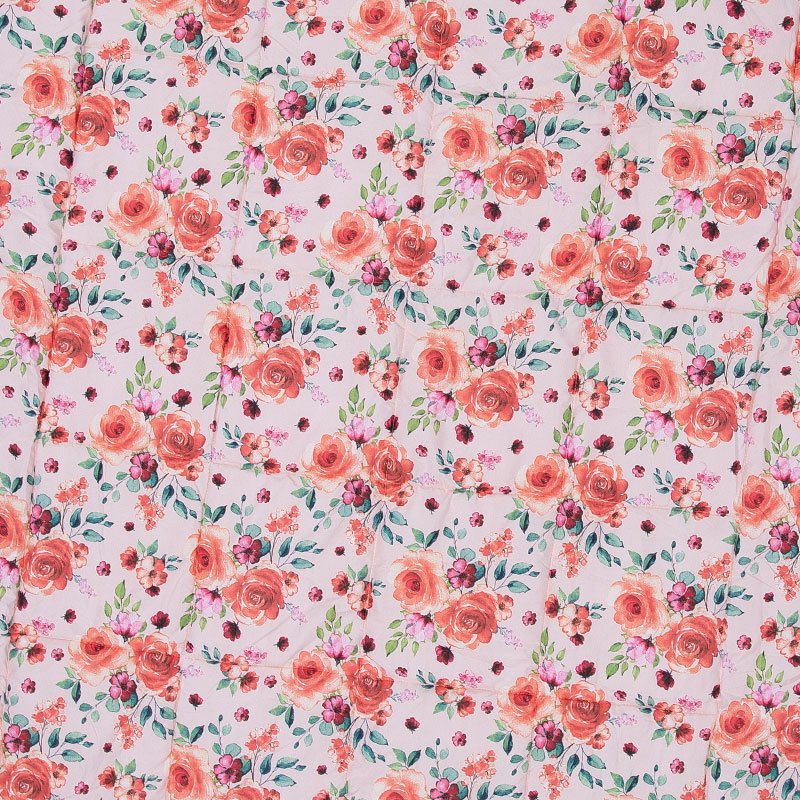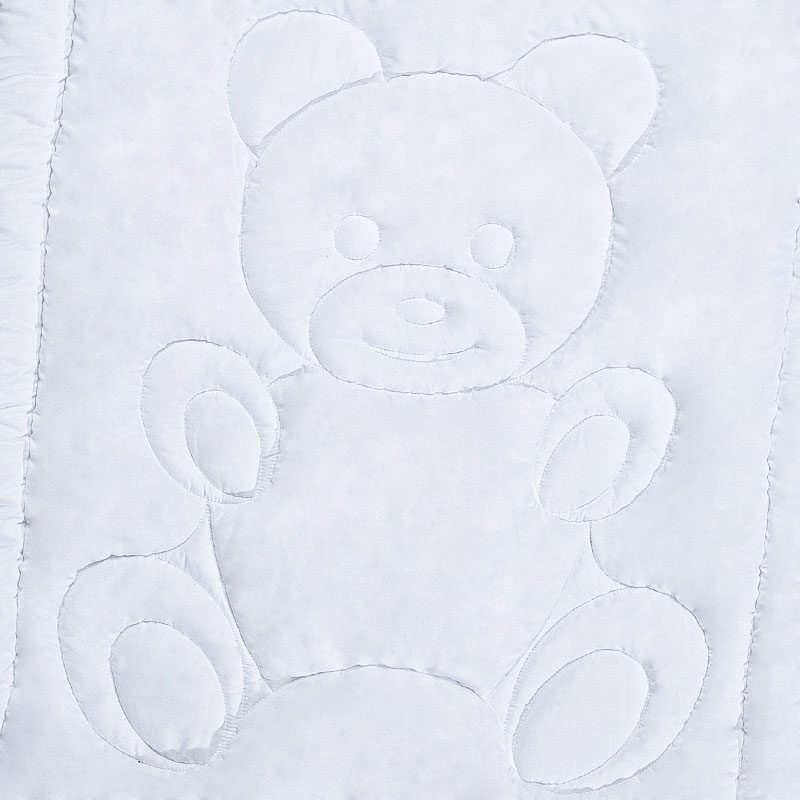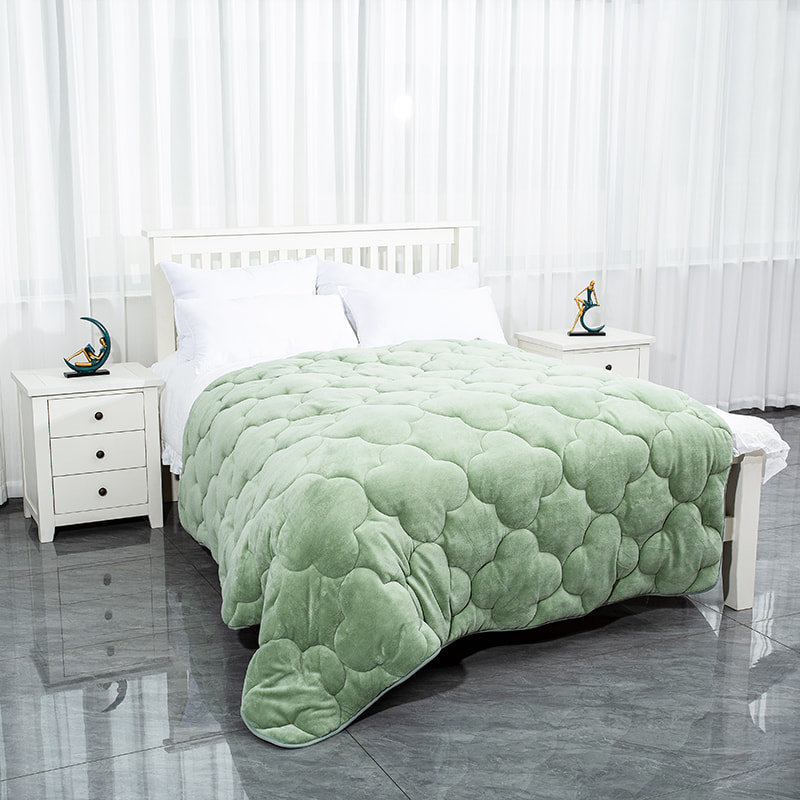What Makes White Quilts a Timeless Bedding Choice?
White quilts represent the pinnacle of versatile bedding, offering both aesthetic purity and practical functionality. As a foundational element in home textiles, the White Quilt provides a clean canvas that complements any decor style while delivering consistent comfort and durability. These quilts have become essential components in both residential and commercial settings, valued for their ability to create a sense of spaciousness, cleanliness, and tranquility. The simplicity of white bedding allows for endless styling possibilities while maintaining practical benefits that make it suitable for everyday use.
The Essential Characteristics of Quality White Quilts
A premium White Quilt combines superior materials with expert craftsmanship to deliver both comfort and longevity. The quality of a quilt is determined by multiple factors including thread count, fill material, stitching patterns, and fabric composition. High-quality white quilts typically feature tightly woven cotton or cotton-blend fabrics that are soft to the touch yet durable enough to withstand regular use and washing. The filling material, whether natural down, down alternative, or synthetic fibers, should provide consistent loft and thermal regulation without clumping or shifting over time.
- Material Composition: Look for 100% cotton, cotton-polyester blends, or specialty fabrics like Egyptian or Supima cotton for enhanced softness and durability
- Construction Quality: Examine stitching density, seam strength, and overall workmanship to ensure long-term performance
- Thermal Properties: Consider the quilt's weight and fill power to match your climate and personal comfort preferences
- Care Requirements: Assess cleaning instructions and maintenance needs to ensure the quilt fits your lifestyle
White Cotton Quilt Selection Guide
When selecting a White Quilt, understanding the different types of cotton and construction methods is crucial for making an informed decision. Cotton quilts vary significantly based on the quality of cotton used, the weaving technique, and the finishing processes. Longer staple cottons, such as Egyptian or Pima varieties, create stronger, softer fabrics that resist pilling and maintain their appearance through numerous washes. The weave pattern, whether percale, sateen, or Oxford, affects both the feel and durability of the final product.
- Cotton Types: Egyptian cotton offers superior softness and strength, while organic cotton provides natural growing benefits
Weave Patterns:
- Percale weaves create crisp, cool surfaces, while sateen weaves produce smoother, warmer finishes
- Fill Materials: Natural down provides excellent insulation, while down alternatives offer hypoallergenic benefits
- Stitching Designs: Channel stitching prevents fill shifting, while decorative stitching adds visual interest
White Quilt Material Comparison
| Material Type | Comfort Level | Durability | Care Requirements |
| Egyptian Cotton | Exceptionally soft, breathable | High durability, long-lasting | Machine washable, prone to wrinkling |
| Supima Cotton | Silky smooth, luxurious feel | Strong fibers, minimal pilling | Easy care, maintains softness |
| Organic Cotton | Natural softness, chemical-free | Good durability, eco-friendly | Gentle washing recommended |
| Cotton Blend | Soft with added strength | Excellent durability, wrinkle-resistant | Easy care, quick drying |
All Season White Quilt Comfort Solutions
The concept of an All Season White Quilt addresses the need for year-round comfort without requiring multiple bedding changes. These versatile quilts are designed with balanced insulation properties that provide warmth during cooler months while remaining breathable enough for warmer weather. The secret lies in the careful selection of fill materials and their distribution, creating a thermal regulation system that adapts to changing temperatures. Modern manufacturing techniques allow for precise control over fill density and distribution, ensuring consistent comfort regardless of seasonal variations.
- Weight Variations: Lightweight options for summer, medium weight for spring/autumn, and layered options for winter
- Breathability Factors: Natural fibers and specialized weaves promote air circulation to prevent overheating
- Moisture Management: Advanced fabrics wick moisture away from the body, maintaining dry comfort throughout the night
- Layering Compatibility: Designed to work effectively with additional bedding layers during extreme temperatures
Luxury White Quilt Features and Benefits
A Luxury White Quilt represents the highest standard in bedding comfort and craftsmanship, incorporating premium materials and sophisticated construction techniques. These quilts often feature extra-long staple cottons, high-density stitching patterns, and premium fill materials that provide exceptional softness, durability, and thermal performance. The attention to detail in luxury quilts extends to every aspect, from the precision of the stitching to the quality of the finishing touches, creating a product that delivers both immediate comfort and long-term satisfaction.
- Premium Materials: Egyptian cotton, silk blends, or high-thread-count fabrics with superior hand feel
- Advanced Construction: Hand-guided stitching, reinforced edges, and precision craftsmanship throughout
- Design Elements: Elegant stitching patterns, decorative details, and sophisticated finishing techniques
- Performance Features: Enhanced breathability, moisture-wicking properties, and temperature regulation
Luxury Quilt Quality Indicators
| Quality Feature | Standard Quality | Luxury Grade |
| Thread Count | 200-300 | 400-800+ |
| Stitch Density | 8-10 per inch | 12-15+ per inch |
| Fill Material | Standard polyester | Down, silk, or premium alternatives |
| Edge Reinforcement | Basic piping | Double-stitched, corded edges |
White Quilt Care and Maintenance
Proper care and maintenance are essential for preserving the beauty and functionality of your White Quilt over time. While white bedding offers a crisp, clean appearance, it requires specific care practices to maintain its brightness and prevent yellowing or staining. Modern white quilts are designed with durability in mind, but understanding the proper cleaning techniques, storage methods, and routine maintenance will significantly extend the life of your investment and keep it looking its best.
- Cleaning Protocols: Follow manufacturer instructions for washing temperature, detergent type, and drying methods
- Stain Prevention: Address spills immediately using appropriate cleaning techniques for different types of stains
- Storage Solutions: Store in breathable containers in cool, dry conditions to prevent moisture damage and discoloration
- Routine Maintenance: Regular airing, rotating, and proper support systems to maintain even wear and freshness
Styling Your White Quilt for Maximum Impact
The versatility of a White Quilt makes it an ideal foundation for numerous bedroom styling approaches, from minimalist modern to traditional elegance. The neutral canvas provided by white bedding allows for endless creative possibilities with accent colors, textures, and layers. Whether creating a serene sanctuary or a vibrant personal space, the white quilt serves as the perfect backdrop that can be easily adapted to changing styles and seasons without requiring replacement of the core bedding element.
- Color Accenting: Use throw pillows, blankets, and accessories to introduce color while maintaining white's clean base
- Texture Layering: Combine different fabrics and weaves to create visual interest and depth in your bedding ensemble
- Seasonal Adaptations: Easily transition between seasons by changing accessories rather than the primary quilt
- Style Transformations: Shift between design aesthetics by simply modifying accompanying elements and colors
FAQ
How often should I wash my white quilt?
For optimal maintenance, white quilts should be washed every 1-2 months with regular use, though this may vary based on personal preference and climate conditions. Between washes, airing the quilt outside in direct sunlight can help maintain freshness and brightness. Always check the manufacturer's care label for specific instructions, as some materials may require professional cleaning or special handling to preserve their quality and appearance.
What's the best way to prevent white quilts from yellowing?
Preventing yellowing in white quilts involves proper cleaning techniques and storage practices. Use oxygen-based bleaches rather than chlorine bleach, which can damage fibers and cause yellowing over time. Ensure the quilt is completely dry before storage, and avoid plastic containers that can trap moisture. Natural sunlight acts as a gentle bleach, so occasional airing in the sun can help maintain whiteness without harsh chemicals.
Are white quilts suitable for households with children or pets?
White quilts can be practical even in active households with proper selection and care. Choose quilts with stain-resistant treatments or darker stitching patterns that can help camouflage minor stains. Performance fabrics with soil-release technology make cleaning easier, while durable construction withstands regular washing. Having multiple quilt covers or protective layers can extend time between cleanings while maintaining the white aesthetic.
What's the difference between a white quilt and a white duvet?
The primary difference lies in construction and use. A quilt typically consists of three layers (top, batting, and backing) quilted together, often used as a standalone bedding layer. A duvet is a soft flat bag usually filled with down or alternative materials, designed to be inserted into a removable duvet cover. White quilts offer more structural definition and can showcase intricate stitching patterns, while duvets provide greater flexibility through interchangeable covers but require additional components.
How do I choose the right weight for my white quilt?
Selecting the appropriate quilt weight depends on your local climate, personal sleep preferences, and bedroom environment. Consider the seasonality of your region and whether you prefer sleeping warm or cool. Lightweight quilts (200-250 GSM) work well for warm climates or summer use, medium weight (250-300 GSM) suits most temperate climates, while heavier quilts (300+ GSM) provide extra warmth for cold environments. All-season options with layered construction offer the most versatility for changing conditions.

 English
English 中文简体
中文简体 Español
Español previous post
previous post










